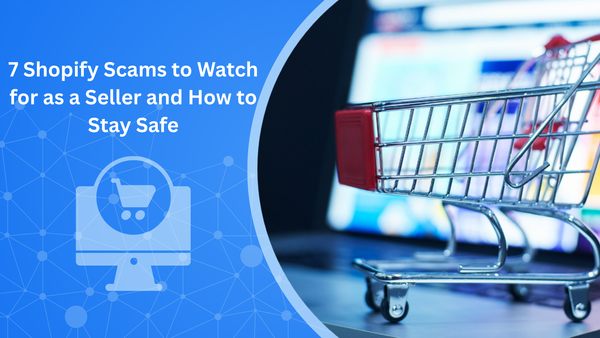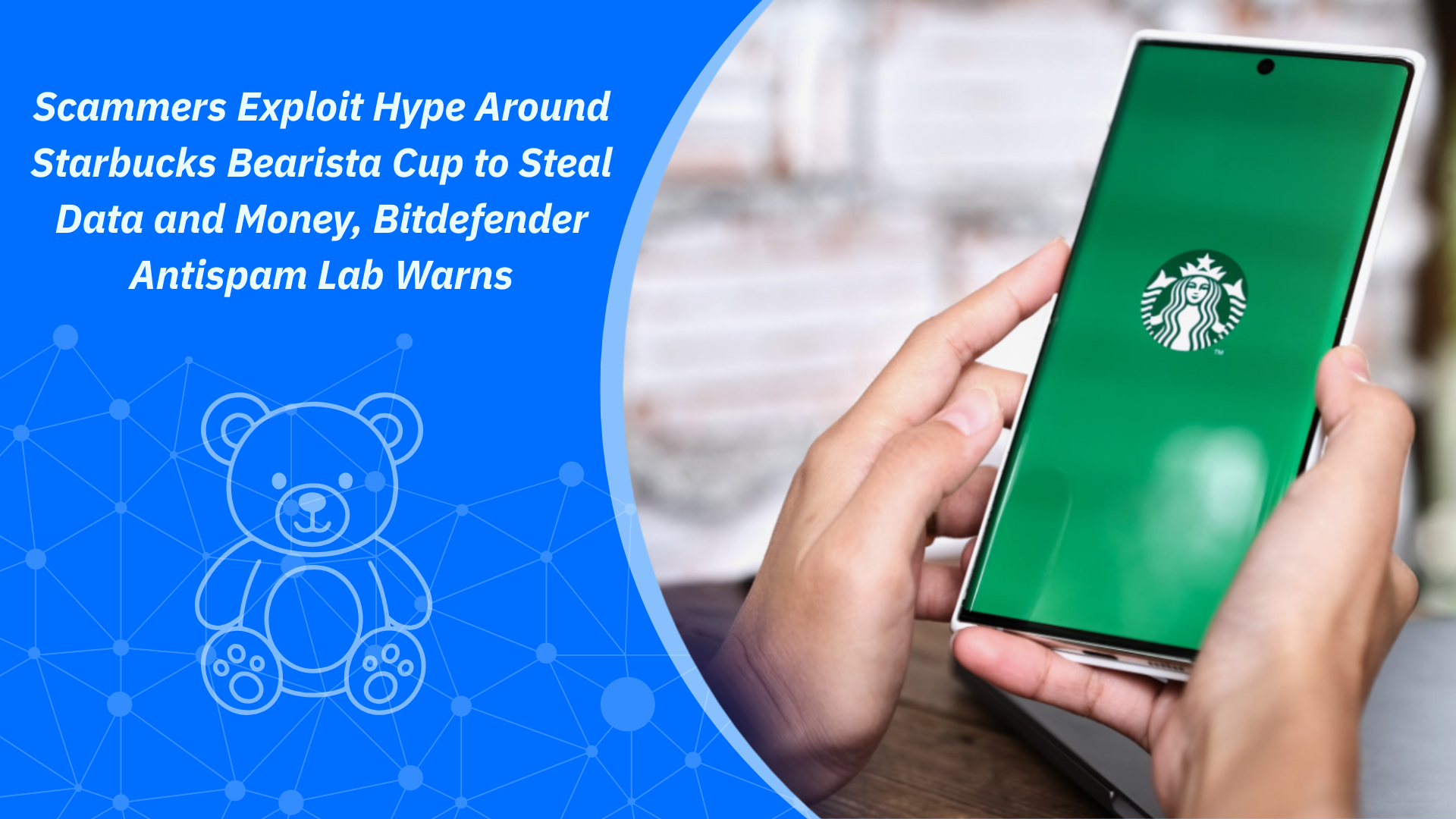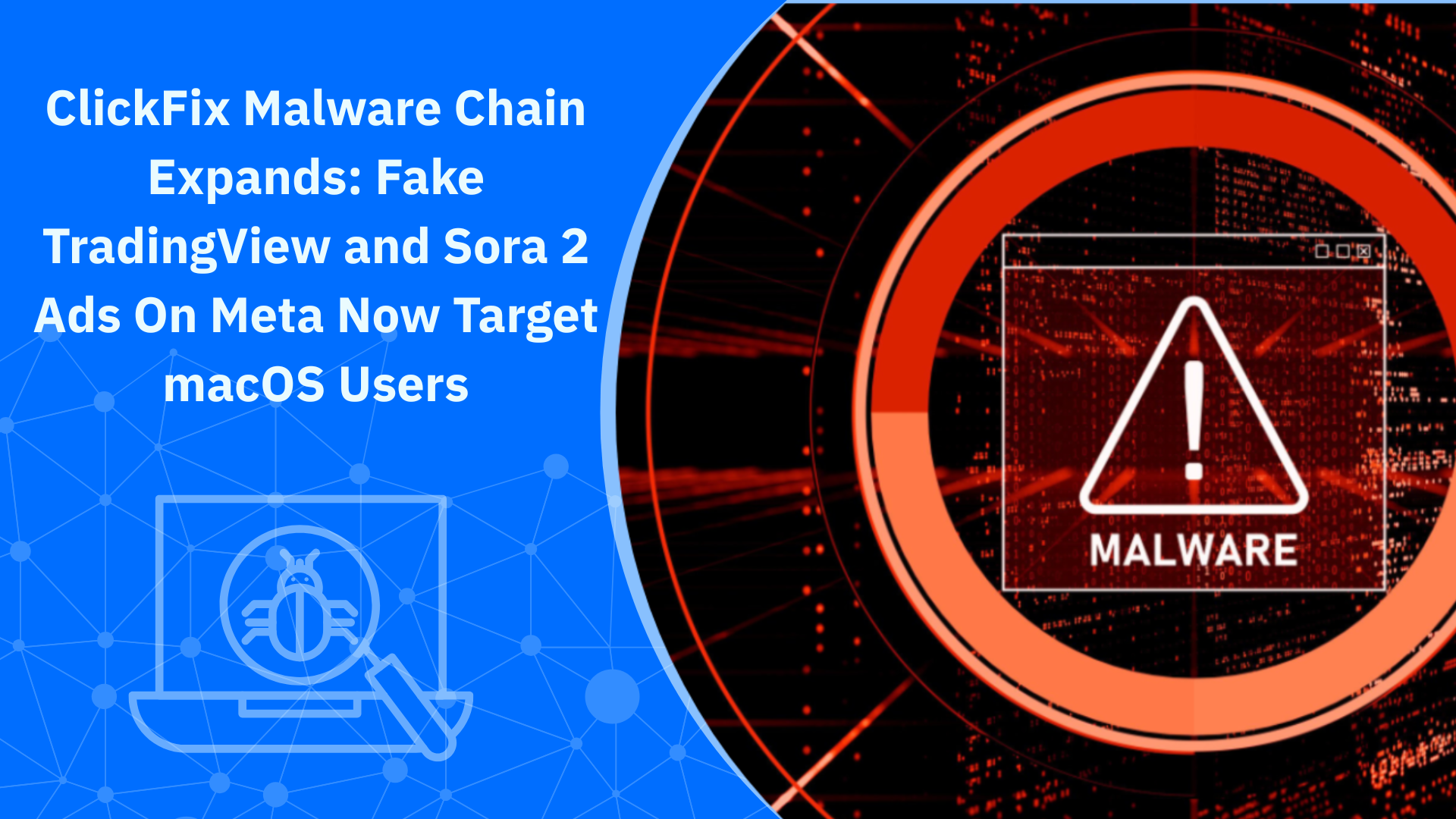7 Shopify Scams to Watch for as a Seller and How to Stay Safe

Running a small business on Shopify can be one of the best decisions you make. You can build an online shop, accept payments, and reach customers around the world all from your laptop. But as your store grows, so does the chance that scammers will try to take advantage of your success.
While Shopify itself is a secure platform, criminals often go around it, pretending to be customers, suppliers, or even Shopify staff. When your time is stretched thin between managing orders, marketing, and customer messages, it’s easy to overlook a small red flag that ends up costing you real money.
Related: How to Sell on Shopify: Setup, Pricing, and Safety Tips
7 Shopify Scams Every Seller Should Know About
Look for these warning signs and protect your business from losing money or data.
1. The Fake Order or Overpayment Scam
This scam starts with what looks like a big order. A new customer buys multiple items or sends a payment that’s higher than what you charged. A few hours later, they message you saying they “accidentally overpaid” and ask you to refund the difference.
The original payment never cleared and was most likely made with a stolen or invalid card. Once you send the refund, your money is gone for good.
How to stay safe:
- Never issue refunds outside the Shopify system.
- Always wait until payments are confirmed in your Shopify Payments dashboard.
- Watch for customers pushing for fast refunds, especially through PayPal, wire transfer, or other external methods.
Related: What to Do if an Unexpected Payment Appears in Your PayPal or Business Account
2. Phishing Emails That Look Just Like Shopify
Scammers often send emails that look almost identical to real Shopify messages- the logo, the design, even the tone. The message might claim that your store has been suspended, that your payout is on hold, or that you need to verify your account.
The only clue is the sender’s address — which might be something like support@shopify-alerts.com instead of @shopify.com. Clicking the link in these emails leads you to a fake login page where your credentials are stolen.
How to stay safe:
- Don’t click on links in suspicious messages — log in directly via shopify.com.
- Check the sender’s full email address, not just the name.
- Avoid any message that pressures you to act fast.
- Turn on two-factor authentication (2FA) so even if your password leaks, your account stays protected.
3. Fake Shopify Apps and Browser Extensions
Shopify’s App Store is full of useful tools that help business owners automate tasks, manage inventory, and track performance. Some scammers create apps that look legitimate, using similar names or branding to trusted developers.
They often promise tempting features — faster checkouts, detailed analytics, or marketing shortcuts — but once installed, these apps can quietly collect sensitive information, steal API keys, or inject harmful code into your store.
How to stay safe:
- Only install apps from the official Shopify App Store, check who the developer is, and read recent reviews.
- Avoid installing apps from links sent via email, chat, or social media.
- If you’ve already installed a suspicious app, uninstall it immediately and change your Shopify password.
Related: How to Spot Fake Software Deals and Updates Before They Hack Your Business
4. Chargeback and Refund Fraud
A scammer places an order, receives the product, and then contacts their bank to claim the charge was unauthorized or that the item never arrived. You lose both the product and the payment unless you can prove otherwise.
How to protect yourself:
- Always use Shopify’s fraud analysis tool before fulfilling an order.
- Keep all proof: shipping confirmation, tracking number, delivery photo, and communication logs. For expensive orders, use signature confirmation.
Related: How to Stop Chargeback Fraud from Hurting Your Small Business
5. Supplier and Dropshipping Scams
If you run a dropshipping business, supplier scams are one of the biggest risks. Fraudulent “wholesalers” offer low prices, exclusive deals, or fast shipping, then disappear after you send payment. Some even send fake tracking numbers that look real for a few days.
How to avoid them:
- Research suppliers thoroughly before sending money.
- Start with small test orders.
- Use reputable directories like SaleHoo or DSers Verified Suppliers, and avoid any supplier that insists on payment outside established systems or demands full upfront payment without a contract.
Related: How to Vet Suppliers and Avoid Fake Vendor Scams
6. “Shopify Coach” and “Guaranteed Success” Scams
You’ve probably seen the ads: “How I made $100K in one month with Shopify and how you can too.” Some “coaches” or “mentors” promise insider strategies or done-for-you Shopify stores for a high upfront fee. After you pay, you either get generic advice, poor-quality templates, or nothing at all.
How to stay safe:
- Be wary of anyone promising quick success or guaranteed earnings.
- Research their background and check independent reviews, not just testimonials on their own site or social media.
- Always use secure payment methods and ask for a clear contract and refund policy before committing to anything.
7. Account Takeover Attempts
Some scammers skip fake orders altogether and go straight for your account. They try to break in using weak or reused passwords or credentials leaked in past data breaches. Once inside, they can change payout details, lock you out, and redirect customer payments before you even notice.
How to stay safe:
- Use a strong, unique password for your Shopify account
- Turn on two-factor authentication (2FA) to make it much harder to access without your approval.
- Avoid reusing passwords from other services — especially email or social media — and consider using a password manager to keep everything secure.
Related: How Small Craft Businesses Can Stay Secure Online
How Bitdefender Ultimate Small Business Security Protects Your Shopify Store
Shopify tries its best to keep sellers safe, but many scams happen outside the platform, in your inbox, browser, or private messages. That’s where an extra layer of protection makes all the difference.
Bitdefender Ultimate Small Business Security is designed to stop threats before they reach you. Its Phishing and Email Protection blocks fake Shopify alerts, payout messages, and refund requests before they even land in your inbox. The built-in Scam Copilot lets you check suspicious messages or links instantly, helping you verify what’s real and what’s not.
With Digital Identity Protection, you’ll know right away if your store credentials or email addresses appear in a data breach, giving you time to act before any damage occurs. And with Device Protection and a secure VPN, your computers, tablets, and phones stay safe whether you’re managing your store from the office or connecting to public Wi-Fi.
You don’t need to be an IT expert to stay safe.
Try Bitdefender Ultimate Small Business Security and see how easy it is to secure your Shopify business from scams and data theft.
Start your free trial now.
FAQs
How do I know if an order on Shopify is genuine?
A real order will always appear in your Shopify dashboard with a confirmed payment status. Be cautious if the buyer requests to pay or communicate outside Shopify or asks for a refund right after purchase. Use Shopify’s built-in fraud analysis tool, it flags high-risk transactions based on IP address, card details, and order history. Unusually large orders from new customers or mismatched shipping and billing addresses are also red flags. When in doubt, wait until the payment clears before shipping.
What should I do if I’ve been scammed on Shopify?
Stop all communication with the scammer and collect as much evidence as you can- screenshots of emails, messages, receipts, and payment records. Report the situation to Shopify Support, who can flag suspicious accounts and help protect other sellers. Then contact your bank or payment provider to dispute any unauthorized transactions. Change your passwords, review all connected accounts or apps, and if your personal data was involved, start monitoring your online identity and financial activity.
Can Shopify refund my money if I’ve been scammed?
Shopify can’t directly refund money lost in scams that happen outside its payment system — for example, fake suppliers or phishing emails. However, if the payment went through Shopify Payments, reach out to their support team right away. They can advise on chargebacks or investigations. For PayPal or card payments, contact your provider directly to open a dispute.
How can I tell if a Shopify email is fake?
Fake Shopify emails usually try to create panic, claiming your account is suspended or your payout is delayed. Always check the sender’s address; legitimate emails come from @shopify.com, not look-alike domains. Hover over links without clicking to see where they lead. If anything seems off, log in to shopify.com directly instead of following the email link. Real alerts will always appear in your Shopify admin panel.
Can scammers hack my Shopify store directly?
It can happen if you reuse passwords or install unsafe apps. Scammers usually try to get into your store through phishing emails or fake login pages rather than hacking Shopify itself. To prevent this, use a strong, unique password, enable two-factor authentication, and install apps only from verified developers.
tags
Author
Cristina is a freelance writer and a mother of two living in Denmark. Her 15 years experience in communication includes developing content for tv, online, mobile apps, and a chatbot.
View all postsRight now Top posts
How Kids Get Automatically Added Into WhatsApp Groups with Horrific Imagery Without Consent
November 24, 2025
Scammers Exploit Hype Around Starbucks Bearista Cup to Steal Data and Money, Bitdefender Antispam Lab Warns
November 18, 2025
Scam Alert: Fake Sephora Advent Calendar Ads and WhatsApp Messages Flood Europe in 2025
November 17, 2025
ClickFix Malware Chain Expands: Fake TradingView and Sora 2 Ads On Meta Now Target macOS Users
November 17, 2025
FOLLOW US ON SOCIAL MEDIA
You might also like
Bookmarks







